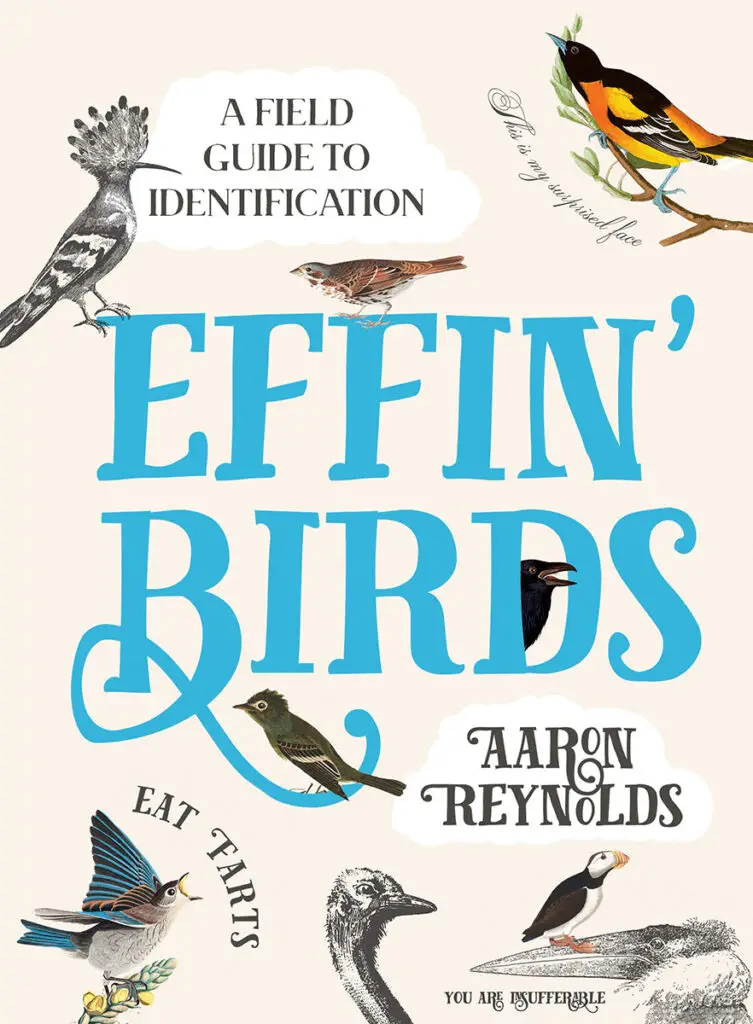Why do birds have such weird names? Birds must have some of the funniest names out of all animal species on the planet. Australian birds are no exception and in this post, we will explore 17 strange and funny bird names that will make you smile and may even make you laugh.
As an Amazon Associate, I earn from qualifying purchases. Birdwatch World earns commissions from Amazon and similar affiliate programs from any purchases made via links in this article.
- 1. Masked Booby
- 2. Spangled Drongo
- 3. Morepork
- 4. Great Knot
- 5. Bush Thick-knee
- 6. Hoary-headed Grebe
- 7. Tawny Frogmouth
- 8. Hardhead
- 9. Twenty-eight Parrot
- 10. Forty-spotted Pardalote
- 11. Common Noddy
- 12. Macaroni Penguin
- 13. Willy (or Willie) Wagtail
- 14. Sooty Oystercatcher
- 15. Gray-crowned Babbler
- 16. Ruddy Turnstone
- 17. Bin Chicken
1. Masked Booby
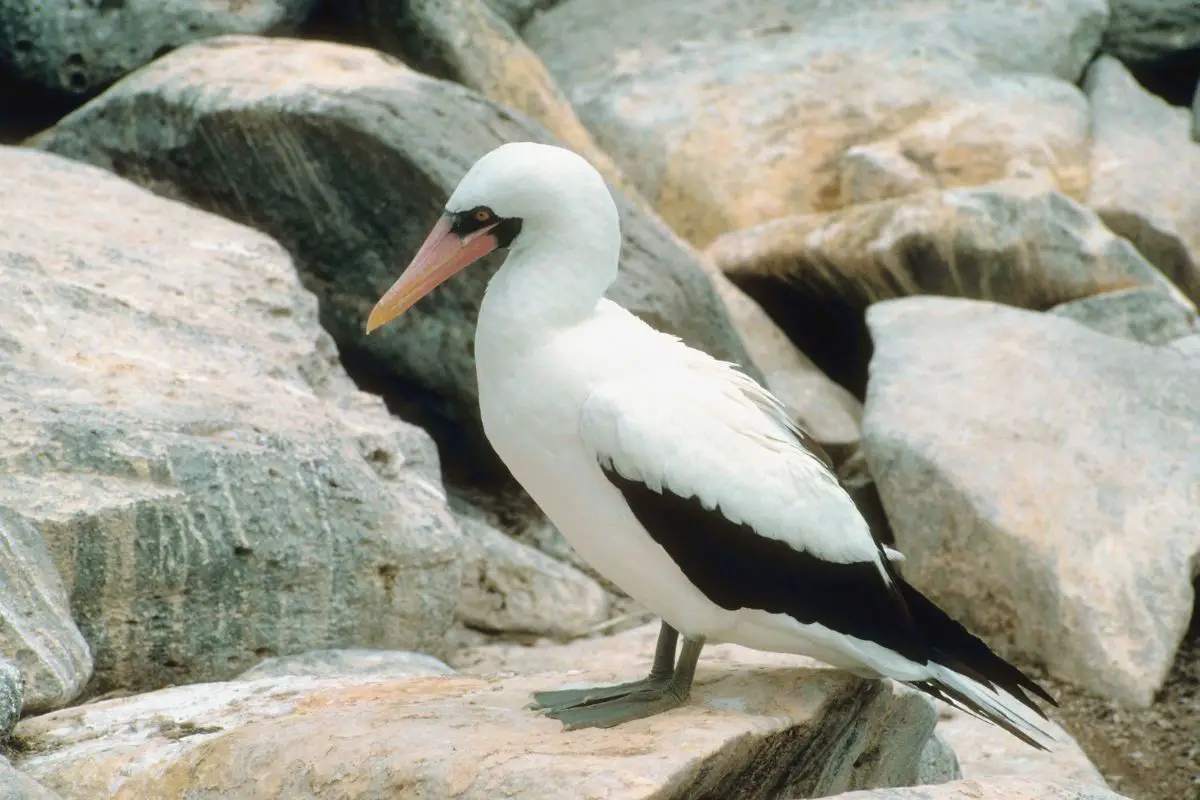
This one is guaranteed to make the kids laugh. These birds remind me of my younger days at school, typing 58008 into an old digital calculator and then turning it upside down!
Also called the Masked Gannet or the Blue-faced Booby (still funny!), this large black and white seabird is found off the coast of Western Australia and also in the east from Brisbane northwards.
Boobies are believed to have gotten their name from the Spanish word “bobo” which means “stupid.” Early European colonists may have named them so after seeing how clumsily they behave when on land.
There are in fact 6 species of Booby bird: the blue-footed booby, red-footed booby, brown booby, Peruvian booby, Nazca booby, and the masked booby.
Ok, tell the kids to stop laughing, and let’s move on…
Find 10 cute birds native to Australia in this post here on my blog.
2. Spangled Drongo
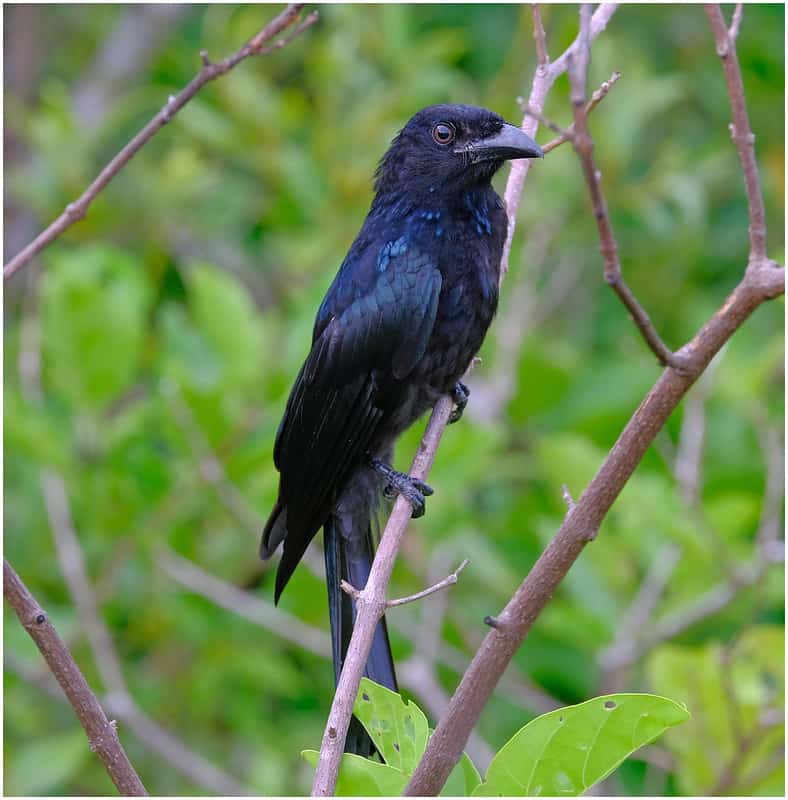
Now if you are reading this from anywhere but Australia, you might be thinking “Spangled Drongo…there’s nothing wrong with that name.” However, if you have any knowledge of Australian slang you just might be giggling.
Drongo is actually an Australian slang word for “idiot” or “fool.” You may hear it used in sentences such as “Oh, you dropped it ya drongo!” or “What did ya do that for ya drongo?!”
According to Wikipedia, there was an unsuccessful racehorse called Drongo named after this bird which is how the slang term came about.
3. Morepork

Morepork? Yes, please?!
I grew up hearing this bird called a Mopoke as that is the sound it can be heard making. It actually has around 20 common names including the Tasmanian Spotted Owl and the Ruru.
These beautiful little owls can be found all across Tasmania, as well as on King Island and other islands in Bass Strait. They have also been seen in Victoria and in New South Wales.
Listen to the amazing call of the Morepork in the audio sample below from Marc Anderson on xeno-canto (CC BY-NC-ND 4.0):
Learn about the amazing flightless birds of Australia in this article right here on the blog.
4. Great Knot
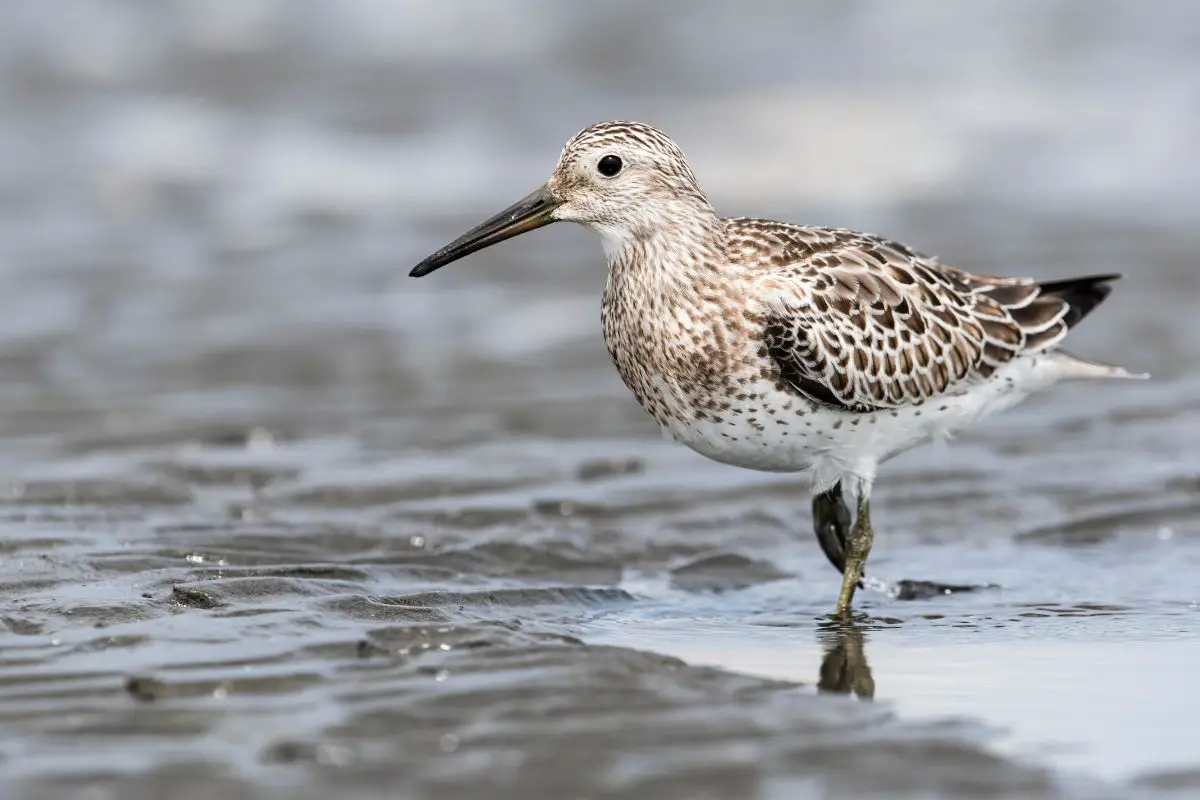
Great Knot?! “Why thank you. I did study under Ivan VonTiesitwell at the Norwegian School of knots.”
These medium-sized shorebirds can be found in coastal areas in many parts of Australia. To my knowledge, they have no idea how to tie knots, nor do they want to.
This bird and it’s sister species the Red Knot may have derived their name from the grunting call that they make. It is also possible they were named after King Cnut (or Canute), the King of England, Denmark, and Norway in the early 11th century.
5. Bush Thick-knee
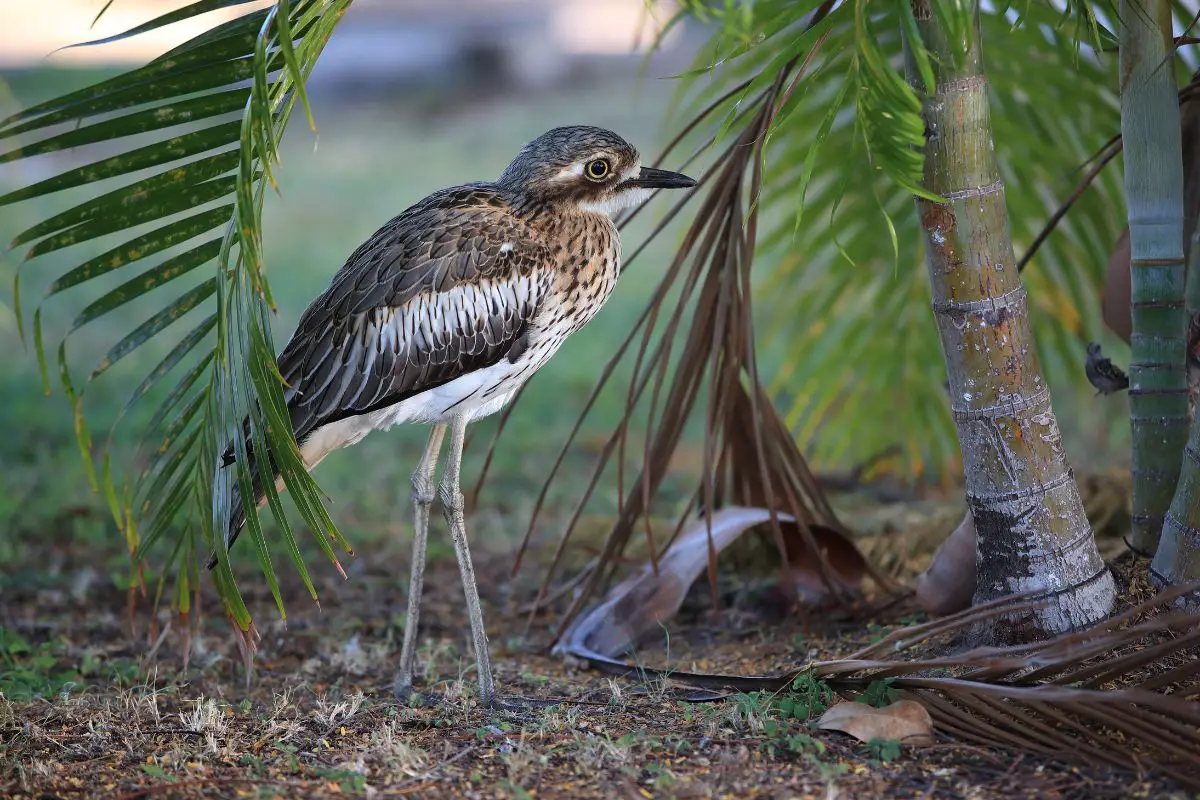
Well, you can see where these birds get their name from – those thick knees.
Also called Bush Stone-curlew, these foragers can be found in open plains and woodlands searching for invertebrates such as insects.
These birds were known as wee-lo by certain indigenous peoples of Western Australia. With legs like that, I would have called them wee-high.
Meet 9 Aussie Parrots in this post here on my blog.
6. Hoary-headed Grebe
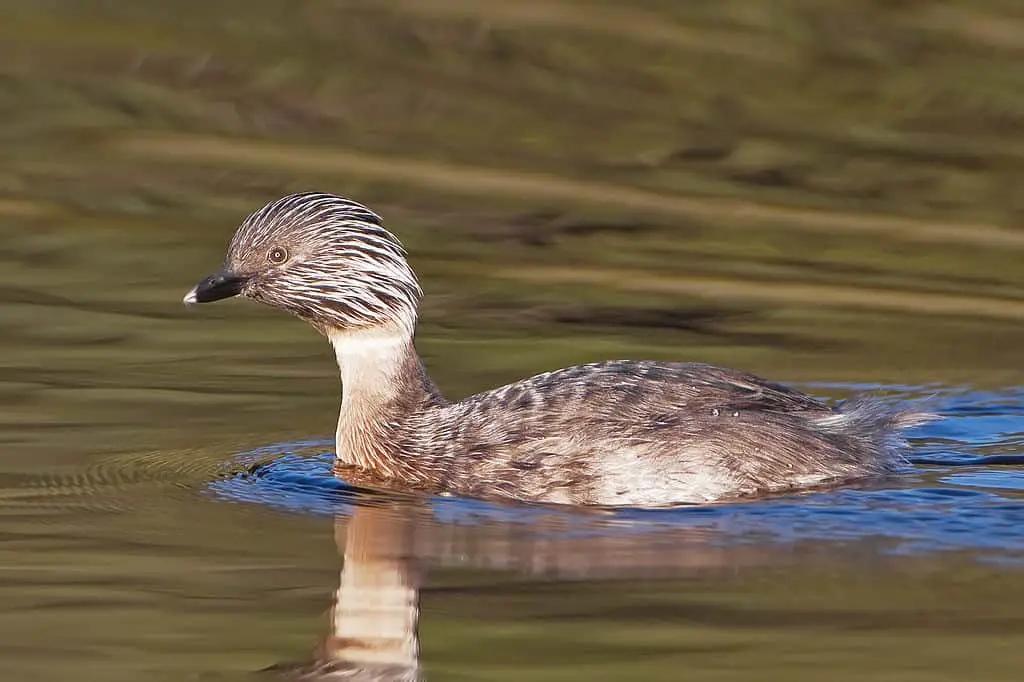
Until I came across this bird’s name, I had no idea the word “hoary” existed, nor that it meant “greyish-white.” In this case, it obviously refers to the streaked feathers on this bird’s head.
These water birds can be found in all states and territories of Australia and are one of three Grebe species found in Australia. We also have the Great Crested Grebe and the common Australasian Grebe which I have photographed many times.
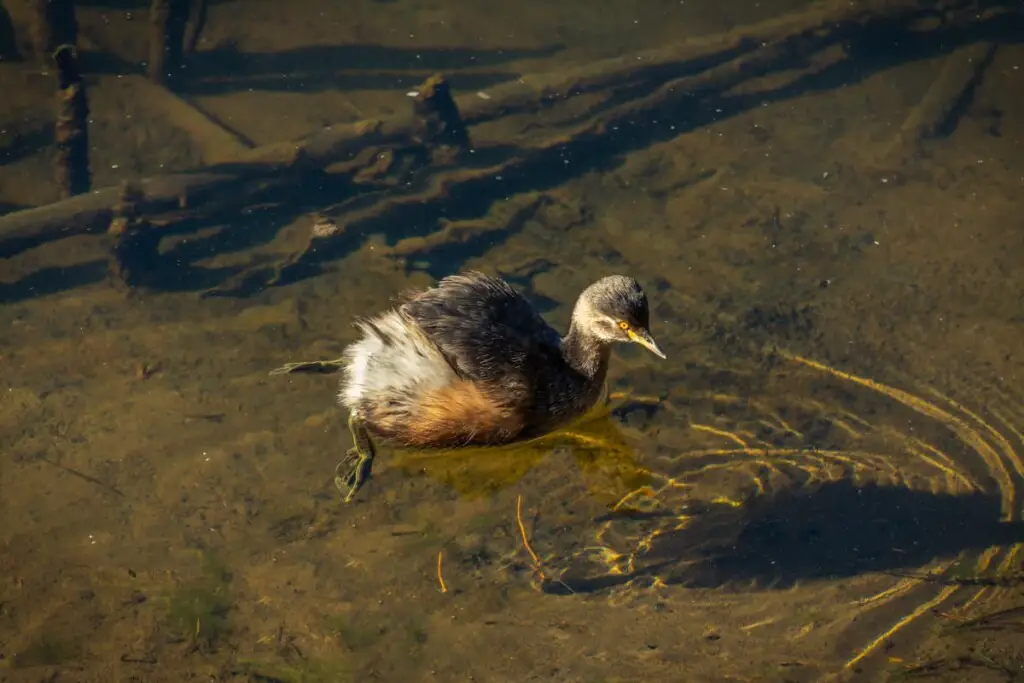
7. Tawny Frogmouth
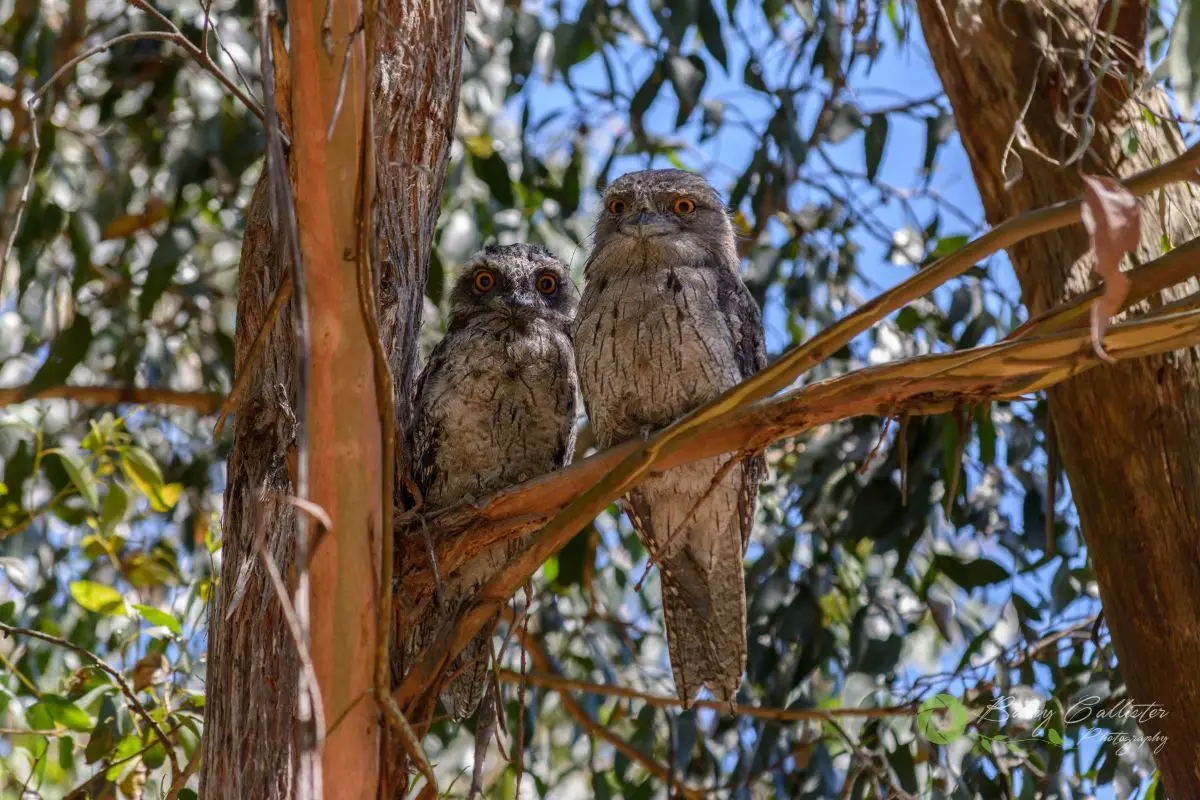
Perhaps a strange name to the unfamiliar but for me, the Tawny Frogmouth is actually one of my favorite birds. These charismatic creatures are a common sight all throughout Australia.
Their name obviously refers to their wide beaks which resemble a frog’s mouth. You can see just how big their mouths are in the image below:
Tawny Frogmouths are perfectly camouflaged for the Australian bush. Their grey and black-streaked feathers blend perfectly with the bark, sticks, and leaves of the Gum trees.
They also have a unique method of blending in. When they sense danger, they will close their eyes, arch their heads toward the sky and remain completely still. It’s easy to walk right on by them without even seeing them as they look exactly like a branch of a tree.
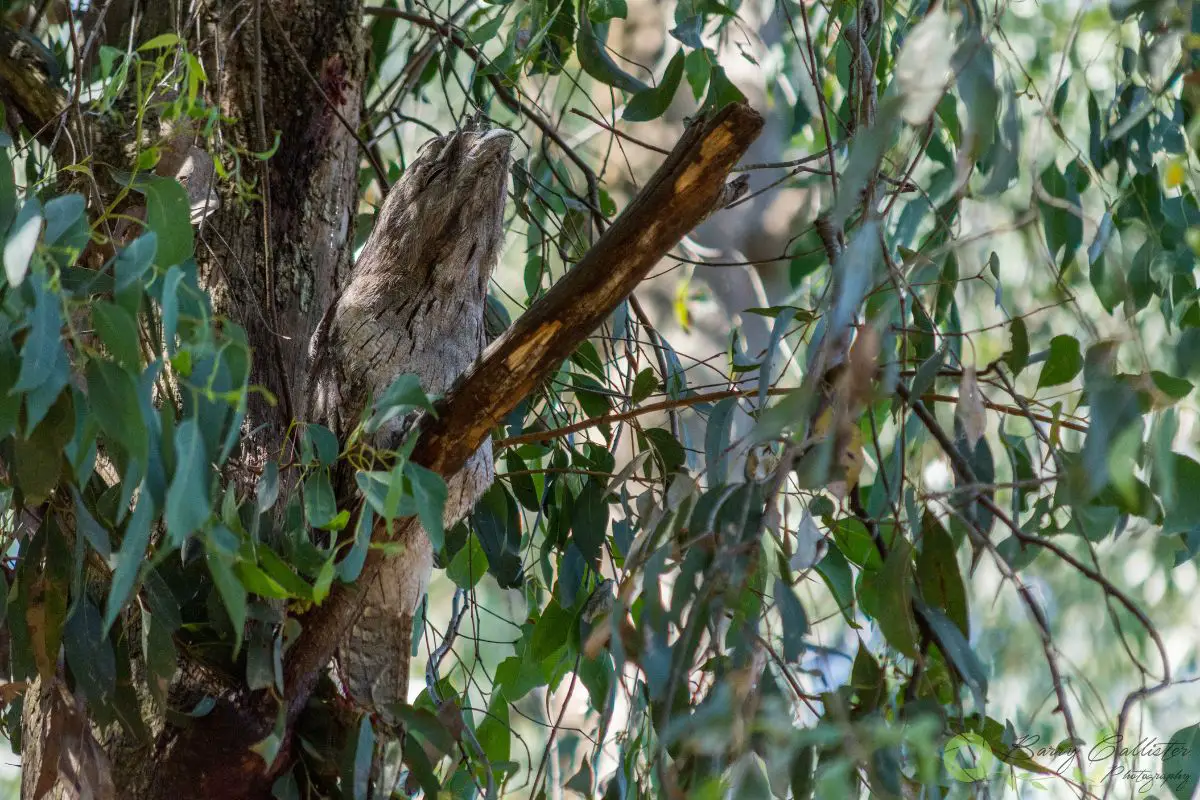
Looking for more laughs around birds? Click below to check out Effin’ Birds on Amazon, Walmart, or eBay. A silly field guide that will have you in fits.
8. Hardhead
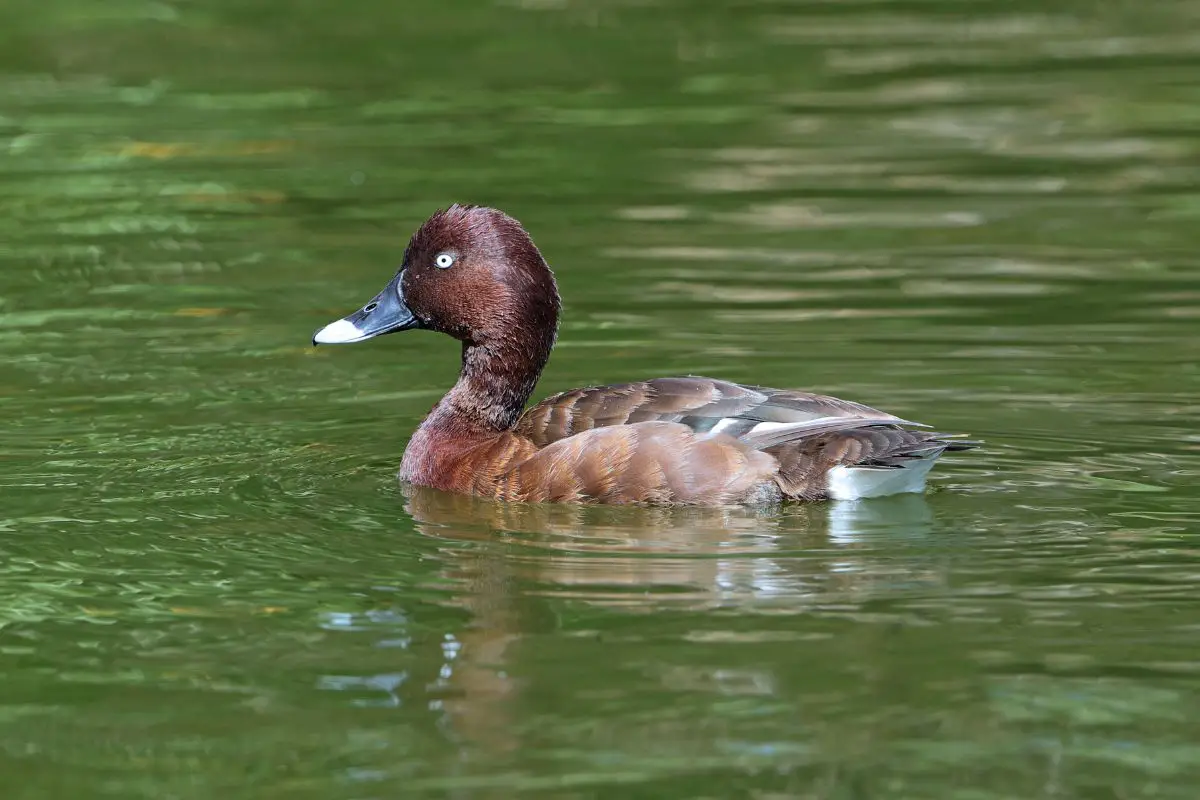
The name of these ducks is just as hilarious as the story of how it came about!
They do not have thick skulls but rather got their name because of the difficulty taxidermists had in processing their heads. I’m not sure what was so difficult about it but that is where the name comes from.
Hardheads occur in the southeast of Australia in freshwater swamps and wetlands. They are also called the White-eyed Duck, though only the males have white eyes.
Discover some of the yellow birds of Australia in this article.
9. Twenty-eight Parrot

I can imagine this name causing somewhat of a “who’s on first” scenario:
Photographer – “I photographed twenty-eight parrots today”
Photographer’s wife – “Oh really, what kind of parrots?”
Photographer – “Twenty-eight?!”
Photographer’s wife – “Yes, I know how many but what type?”
The Twenty-eight Parrot is actually a subspecies of the Australian Ringneck. This particular subspecies is only found in Western Australia and its name derives from its call which resembles the sound of “twenty-eight.” In all other parts of Australia, these are known as Australian ringneck parrots.
Perhaps the call in the audio file below is how they earned their name. This was recorded by Marc Anderson and sourced from xeno-canto (CC BY-NC-ND 4.0)
10. Forty-spotted Pardalote
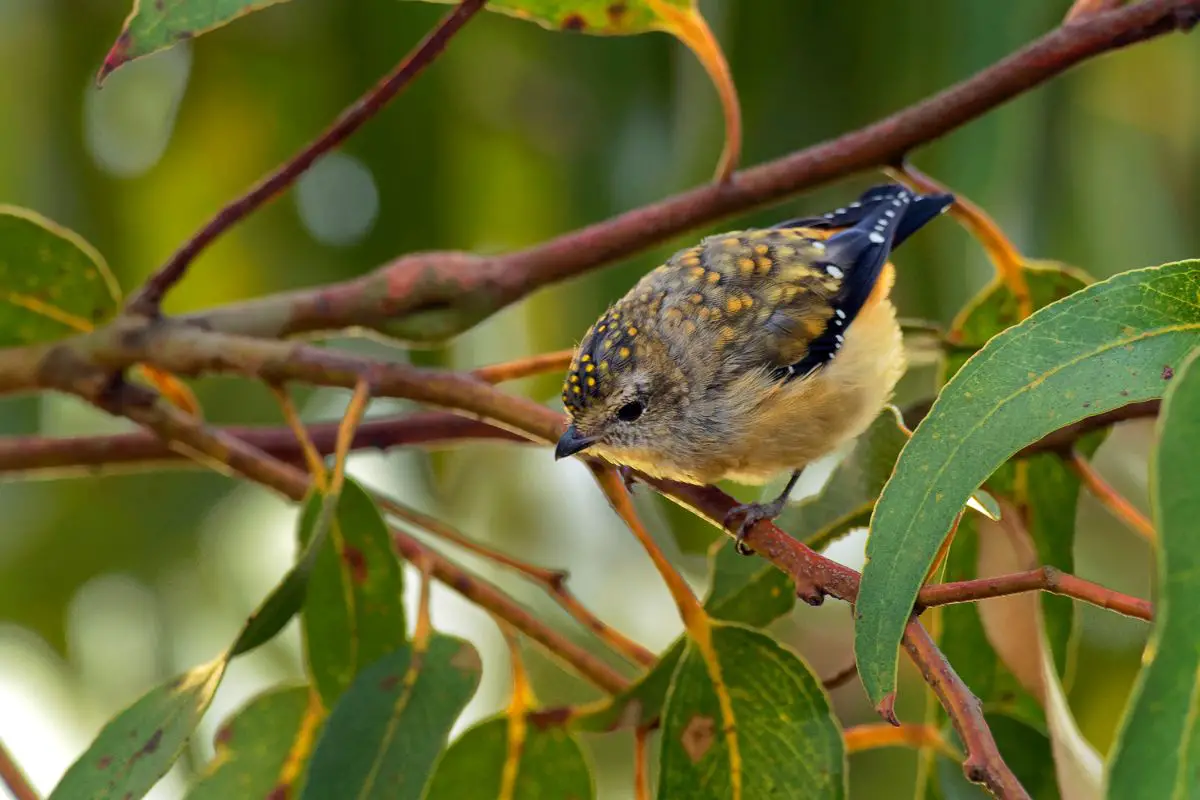
While we’re on the numbers theme…
The Forty-spotted Pardalote is one of Australia’s rarest birds. Their name refers to the white spots on their wings, though I want to know who’s catching all these little guys to count the spots!
Listed as endangered, these tiny birds are only found in a few selected areas in the southeastern corner of Tasmania. Small populations are also found on Flinders, Bruny, and Maria Islands.
11. Common Noddy

Aside from being a fictional character created by English children’s author Enid Blyton, “noddy” is also a slang term for a stupid person.
Ironically, their Latin name Anous stolidus comes from the Greek word anous meaning “stupid” or “foolish” AND the Latin word stolidus which also means “stupid” or “foolish.” Wow, go easy on them, will you?
These seabirds are found in tropical and subtropical oceans off the west, north, and east coasts of Australia. Their name possibly comes from the way in which they dip their heads during a mating display as seen in the video below from BBC Earth:
12. Macaroni Penguin

Often found tucking into a nice bowl of mac n’ cheese (just kidding), these cute little birds sometimes visit the islands to the south of Australia.
These penguins earned their name in the early 19th century. English sailors named them for their brilliant yellow crests.
In the 18th century, an excessive style of fashion called Maccaronism was popular where men would dress extravagantly, adorning themselves in outlandish ways. A person who dressed in this manner was referred to as a “macaroni” as heard in the song Yankee Doodle.
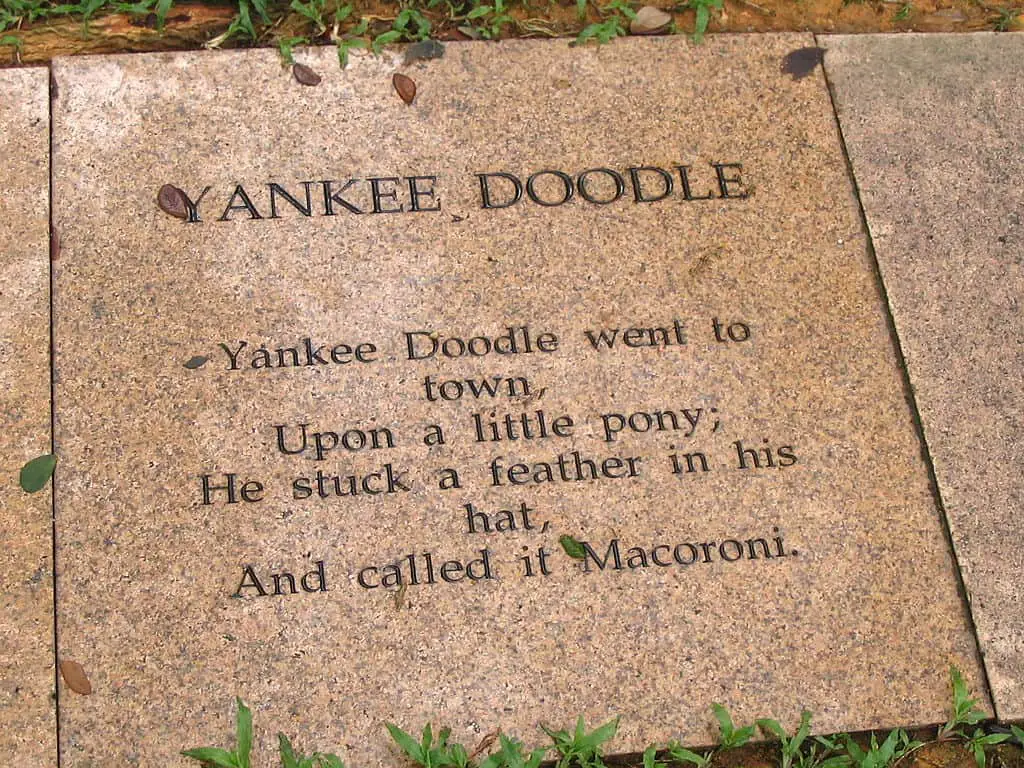
13. Willy (or Willie) Wagtail

I find the name Willy Wagtail to be more cute than funny but it’s all down to personal interpretation. These small black and white birds are a common sight all across Australia.
It is not really known where the name Willy came from but the wagtail refers to the signature way in which these birds swing their tails from side to side when they are standing still. Perhaps the willy was added simply because it started with w?
We have Willy Wagtails visit our back garden almost daily here in northern New South Wales. Naturally, they are all affectionately named “willy.” Every time one shows up I call out “hey Willy!” as though it were the exact same bird every time.
Discover Australia’s smallest bird here in this article on my site.
14. Sooty Oystercatcher
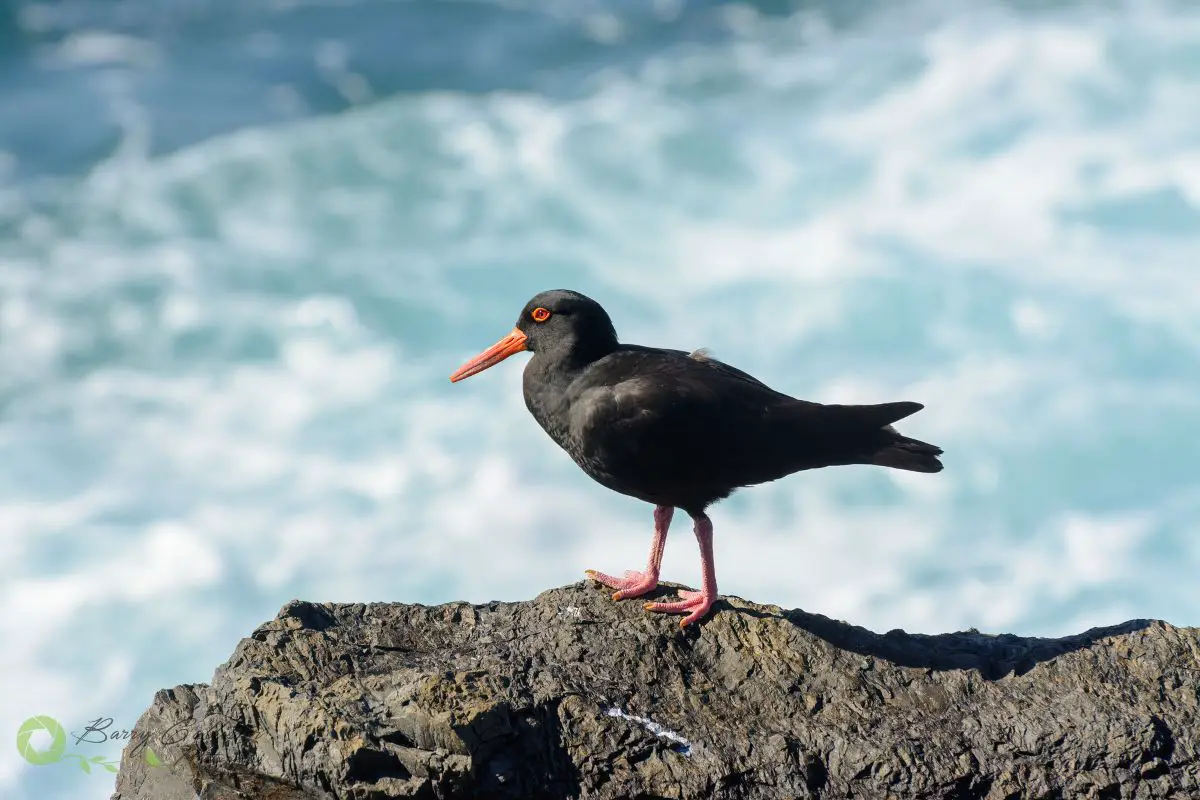
I include this bird in the list purely for my sister’s sake. When I posted an image of a Sooty Oystercatcher to my Facebook page a while back, she had quite a laugh at its name.
The Sooty Oystercatcher is obviously named for its black feathers and the fact that it eats mollusks among other things. The name oystercatcher is a slight misnomer as they rarely eat oysters.
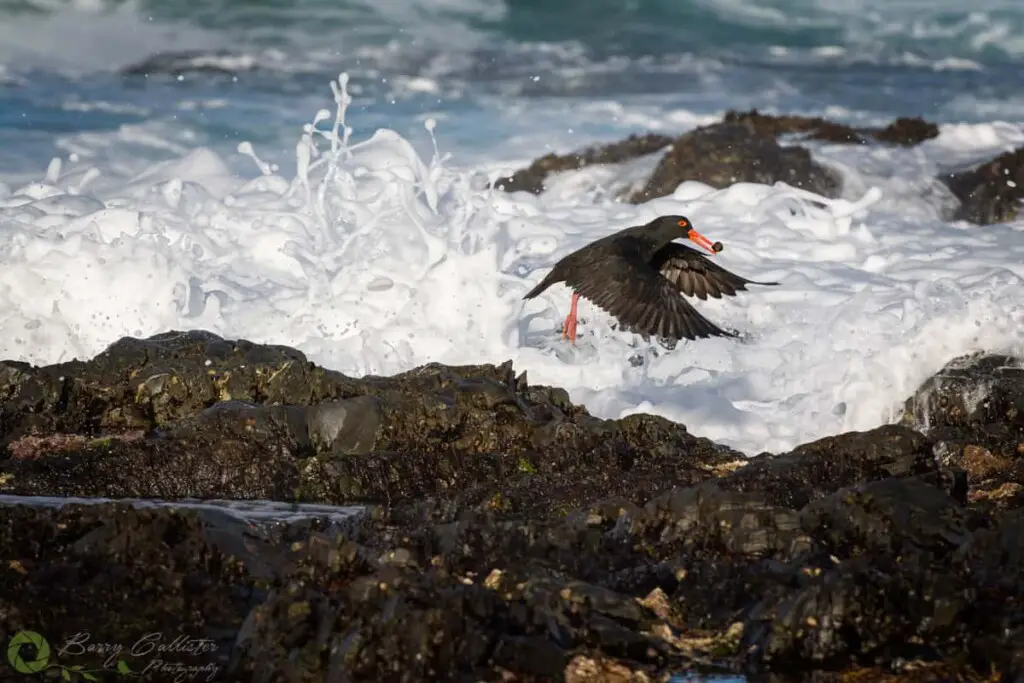
I find oyster-catcher to be somewhat strange in that it implies that oysters need to be caught as if they are moving quickly. Once they attach themselves, oysters do not move. Perhaps oyster-eater might be a better title.
Funny name aside, these are wonderful birds and I love to photograph them.
15. Gray-crowned Babbler
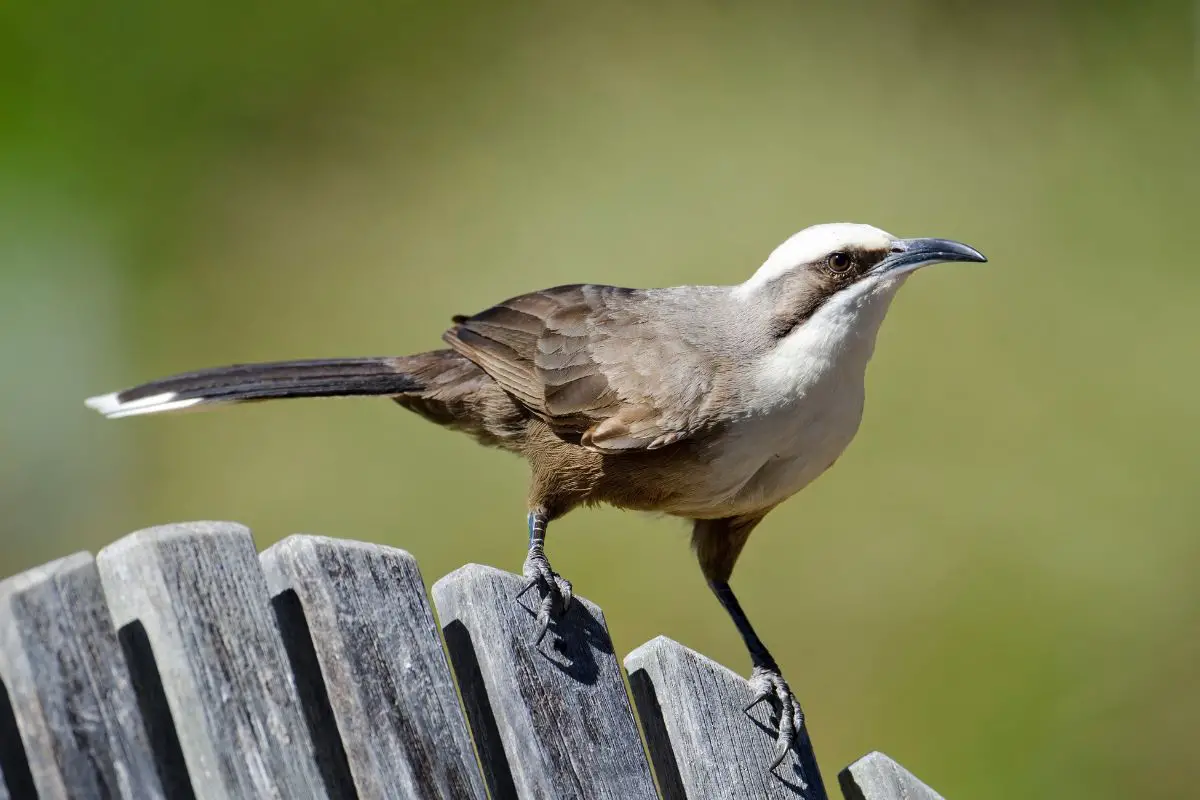
Never get into a conversation with one of these birds?! They tend to babble…
The gray-crowned babbler is one of 4 species of babbler in Australia according to birdlife.org.au. Aptly named for their “babbling” call which resembles a sped-up phone conversation.
The audio below was recorded by Simon Elliot and uploaded to xeno-canto (CC BY-NC-ND 4.0).
These birds can be found in open forests and woodlands all throughout northwestern, northern, central, and eastern Australia.
16. Ruddy Turnstone
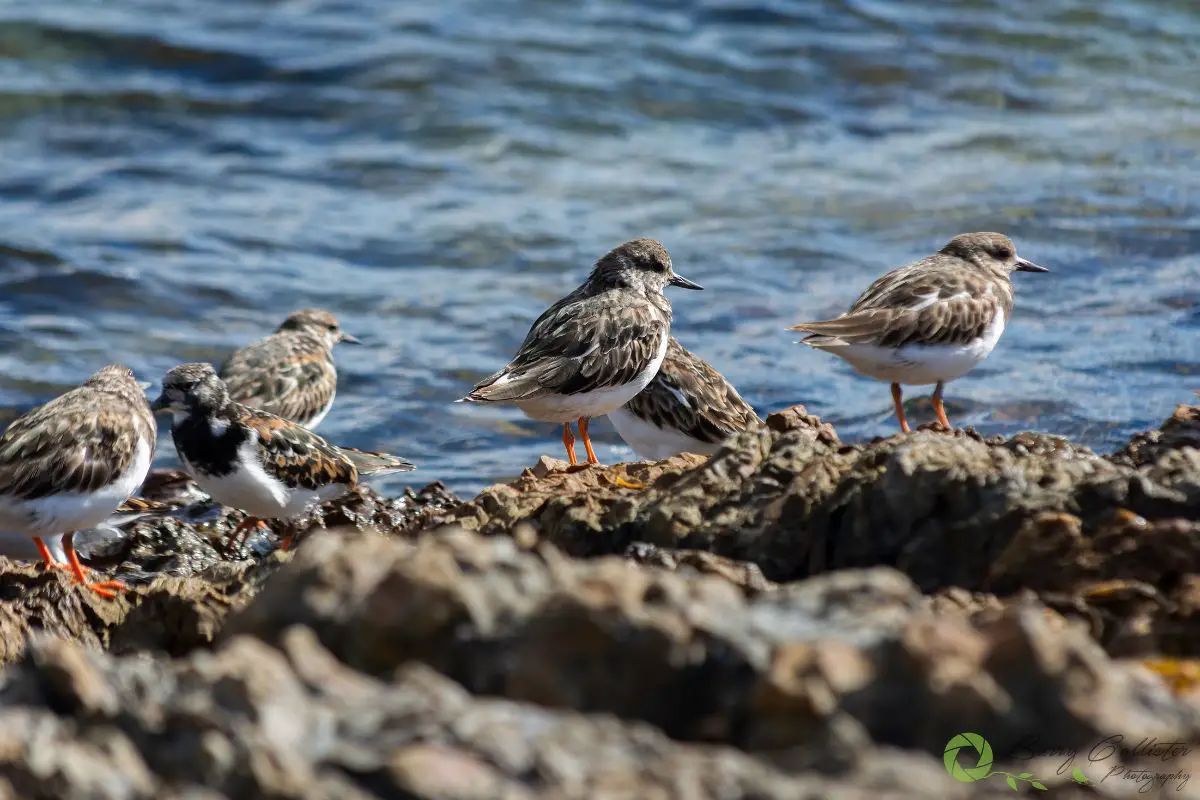
One of those bird names that just makes you go “how the hell did they come up with that?!”
These little shorebirds, widespread in the coastal areas of Australia and its surrounding islands have a name that does not suit their cuteness.
In Australian vernacular, the term “ruddy” is used as a euphemism for “bloody” so every time I hear this bird’s name I think “oh, those ruddy turnstones!” In this case, however, it refers to their ruddy (healthy red color) plumage during the breeding season.
The second part of their name refers to their habit of turning over stones, shells, or other objects on the beach to look for food. So quite literally they turn stones.
17. Bin Chicken
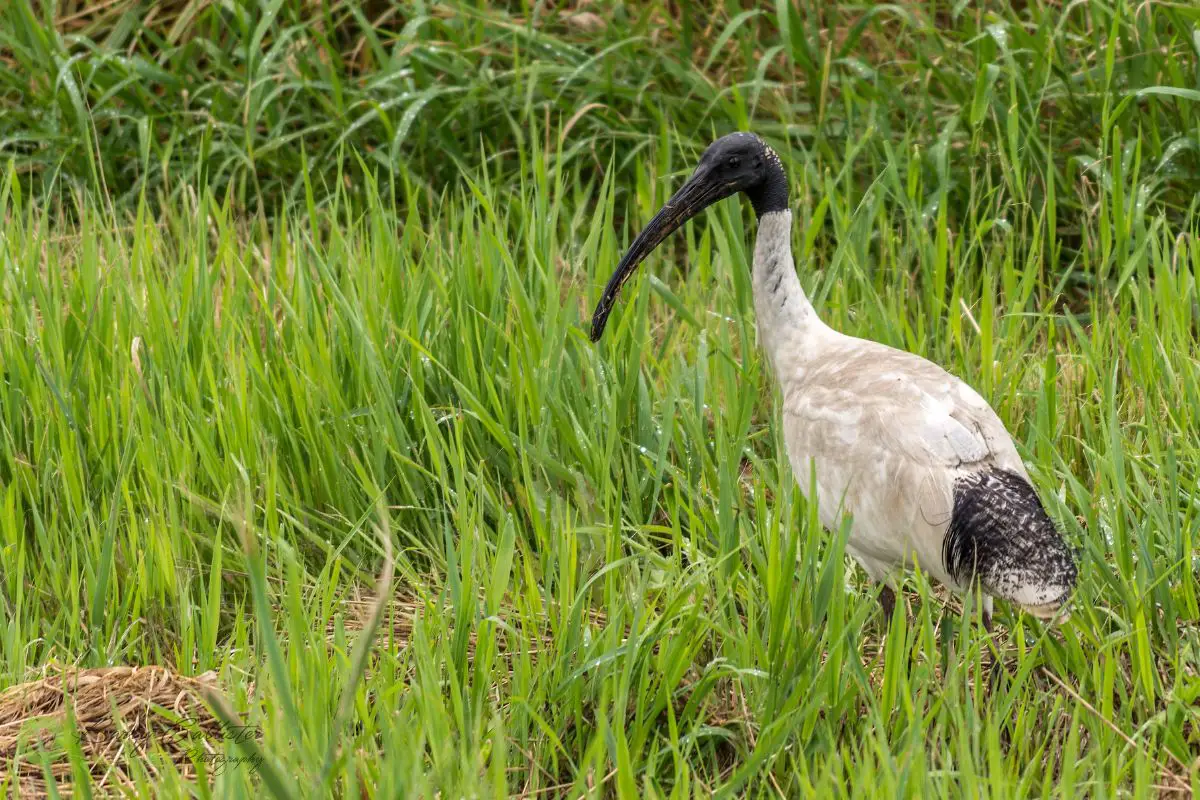
Ok, so I’m stretching it a little bit here. Bin Chicken is not this bird’s official name but rather the cheeky nickname Aussies have given it due to its propensity for digging into rubbish bins to find discarded food.
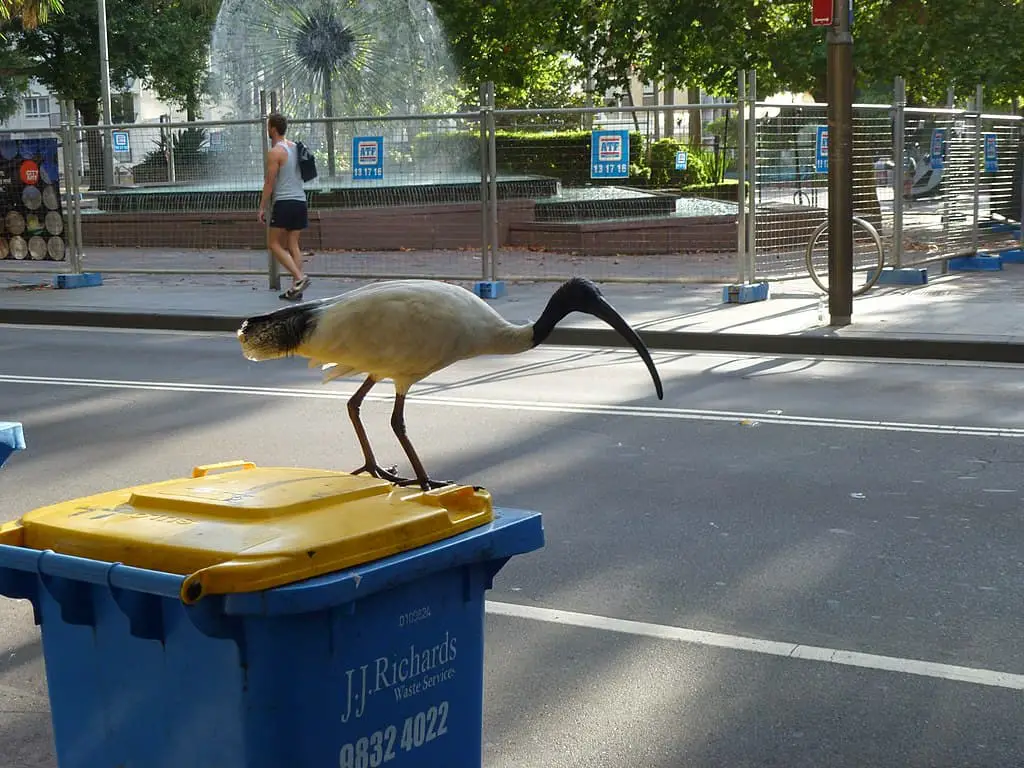
Kelisi, CC BY-SA 4.0 https://creativecommons.org/licenses/by-sa/4.0, via Wikimedia Commons
It’s actually an Australian White Ibis and I think it has got a rather bum rap.
Yes, they can be annoying when you’re at the park, and they jump right up onto your picnic table and snatch the food right out of your hand but they are also very unique birds.
They look majestic when flying and have a really special shape with that long, curved bill and lanky legs.
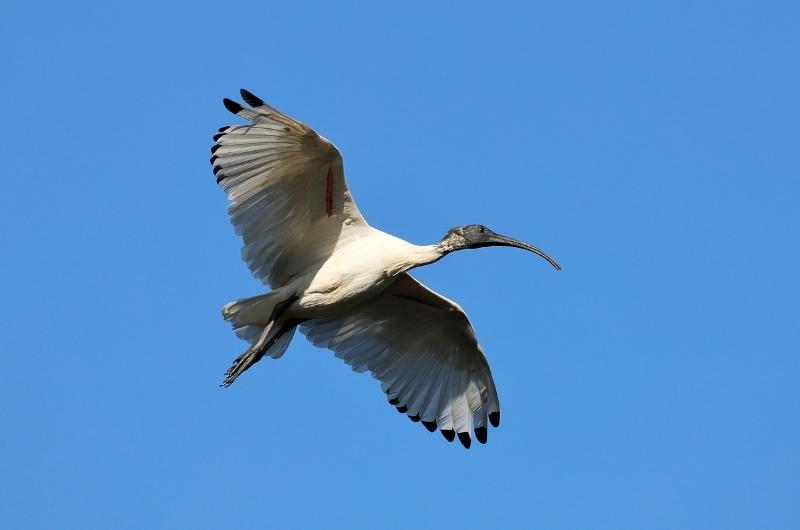
Hated by some, and loved by others, the bin chicken (or tip turkey) rounds up our list of funny Australian bird names. Thanks for reading this and I hope you had a laugh or two.
References
- Australian Birds A-Z List – Ozanimals.com
- Find A Bird – birdlife.org.au
- Additional bird information – Wikipedia

